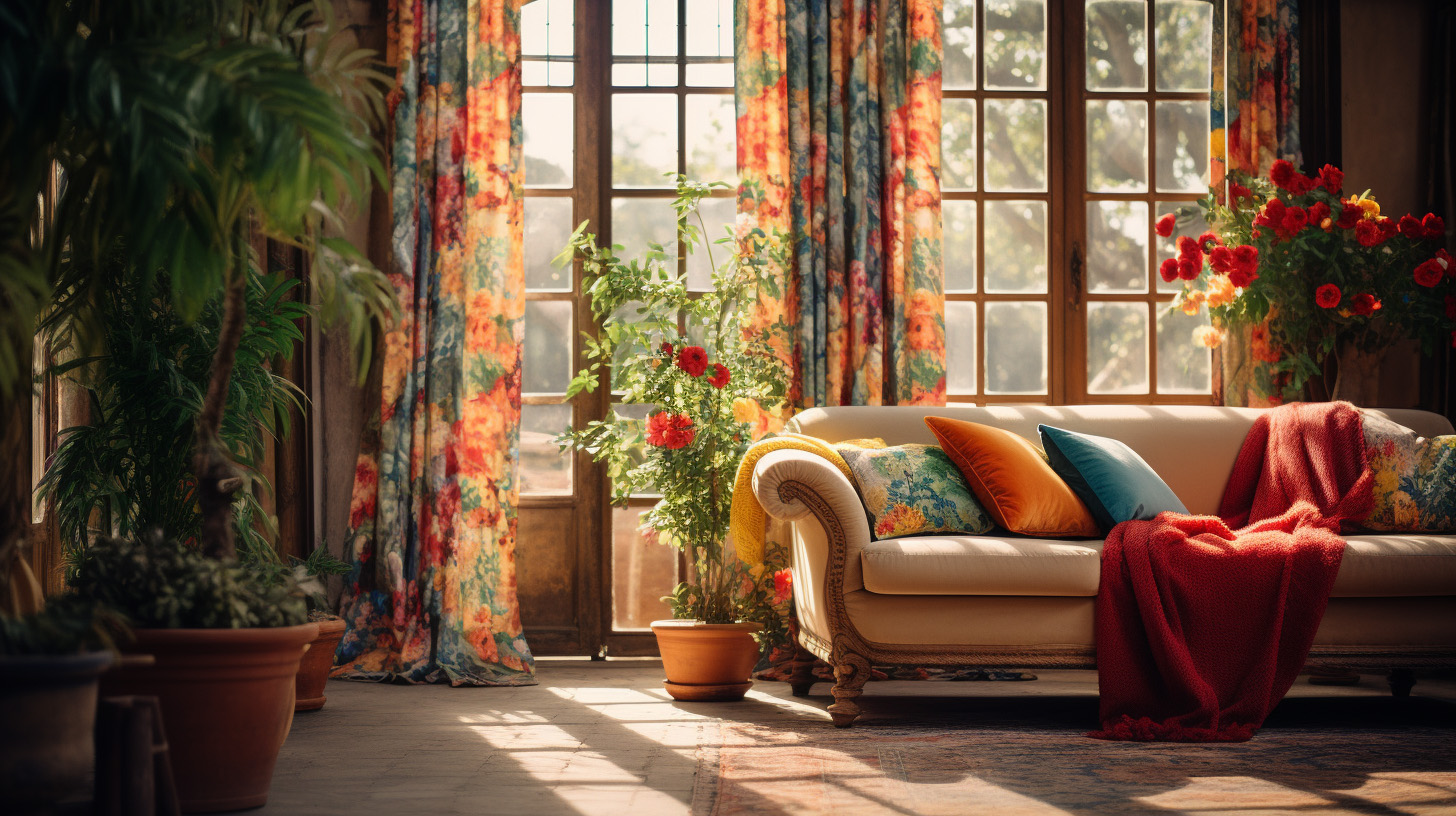When we want to choose a fabric to dress a living room, a bedroom, or any corner of a home or space that is important to us, many factors guide us toward one option or another. However, the starting point should always be the intended use of the fabric.
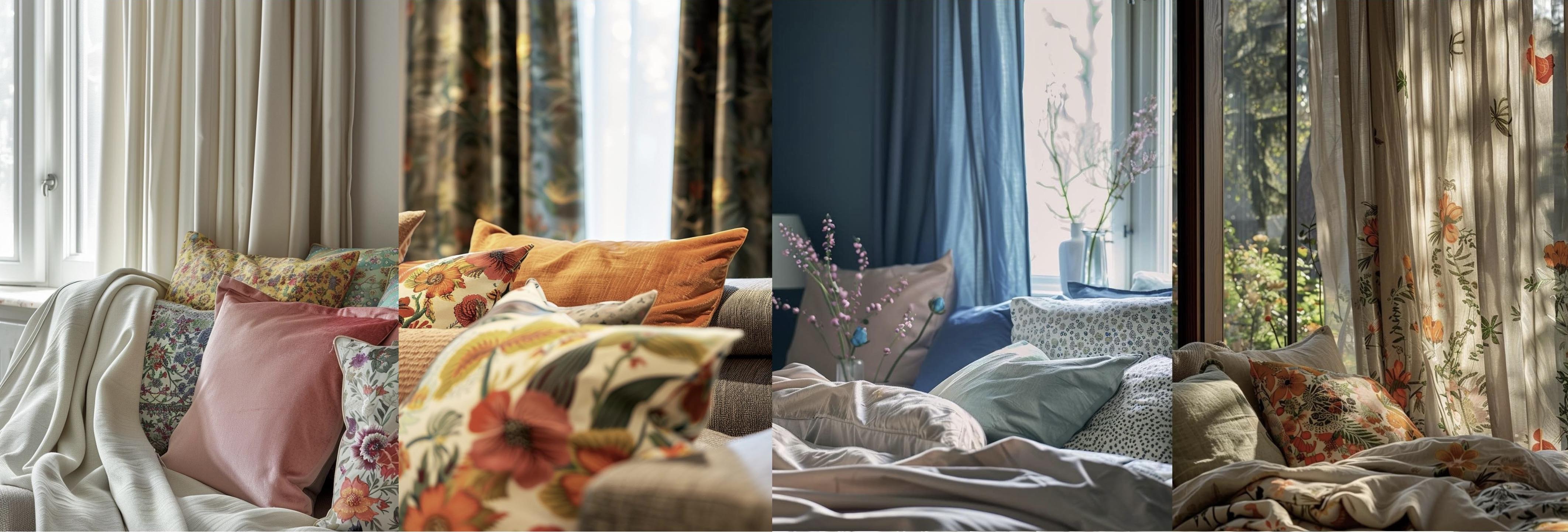
Why? Because we need to know what type of fabric we want and can use. For instance, if a silk curtain fabric is continuously exposed to the sun, its color will start to fade within six months due to the sun's intensity.
To prevent this, it’s crucial to consider the fabric’s suitability for the specific location, along with the advice and expertise of the seller.
We understand that identifying good fabrics can be challenging for those without textile experience, so we’ve provided some key tips to help you.
In this article, we will also introduce the AI Fabric Design Generator, a new way to design your very own personalized fabric. Let loose, build something amazing, and make your fabric one of a kind.
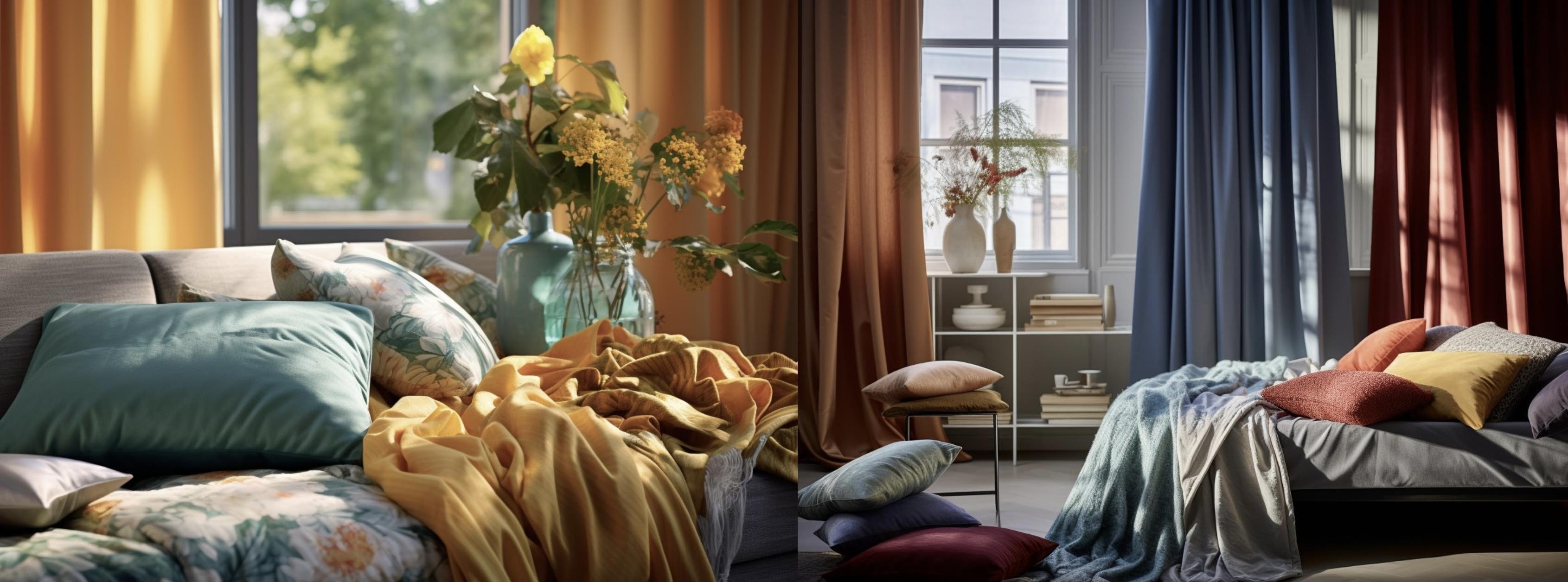
Feel and Drape: The Weight of the Fabric
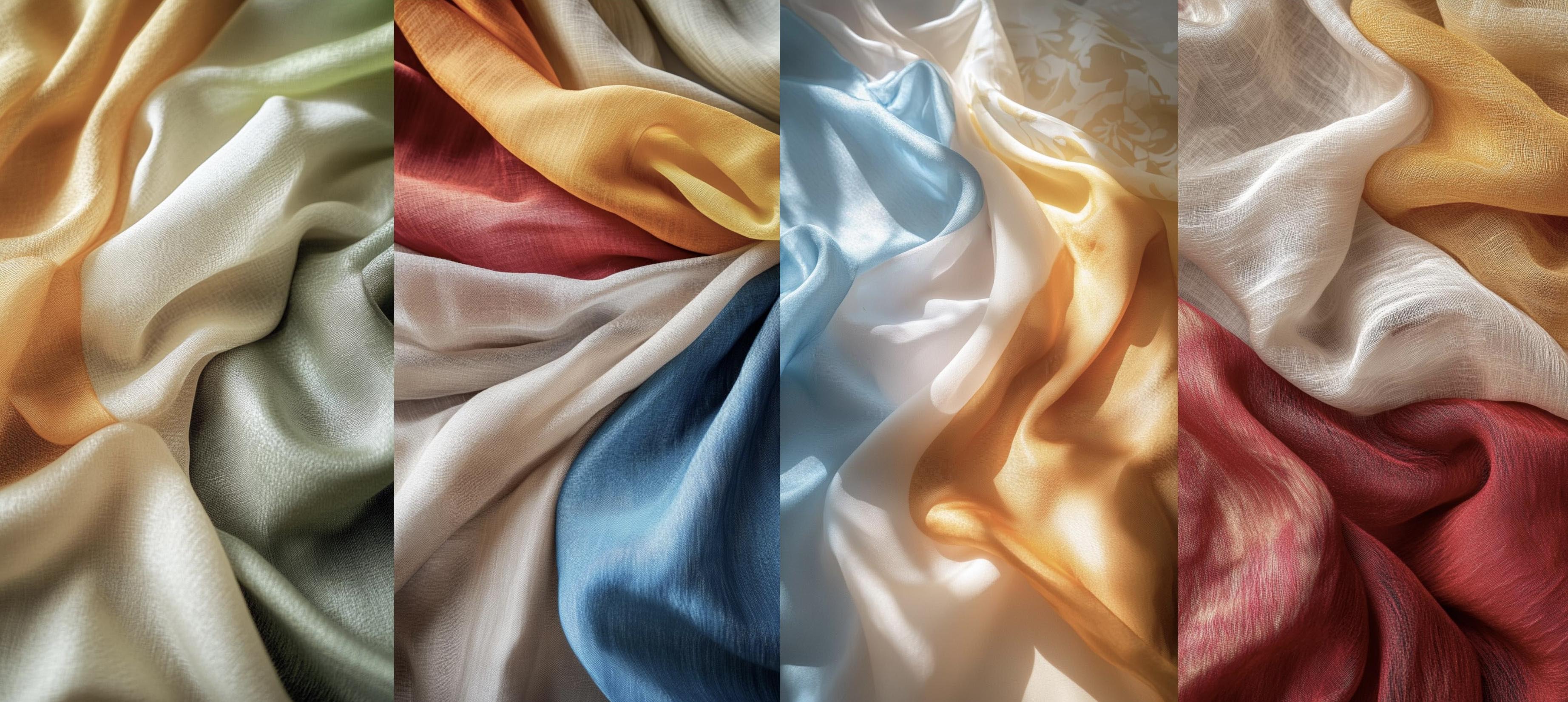
Our senses play a major role in evaluating fabrics. When a fabric catches our eye, when we feel compelled to touch it, and when its texture conveys quality and elegance, it is likely a good fabric. Its touch, drape, weight, and elegance are all hallmarks of high quality.
Even the sound a fabric makes can be telling. When you shake or stretch a good fabric, such as an accordion, it produces a firm, consistent sound—not cracking or strident noises.
Design: Color, Transparency, and Print
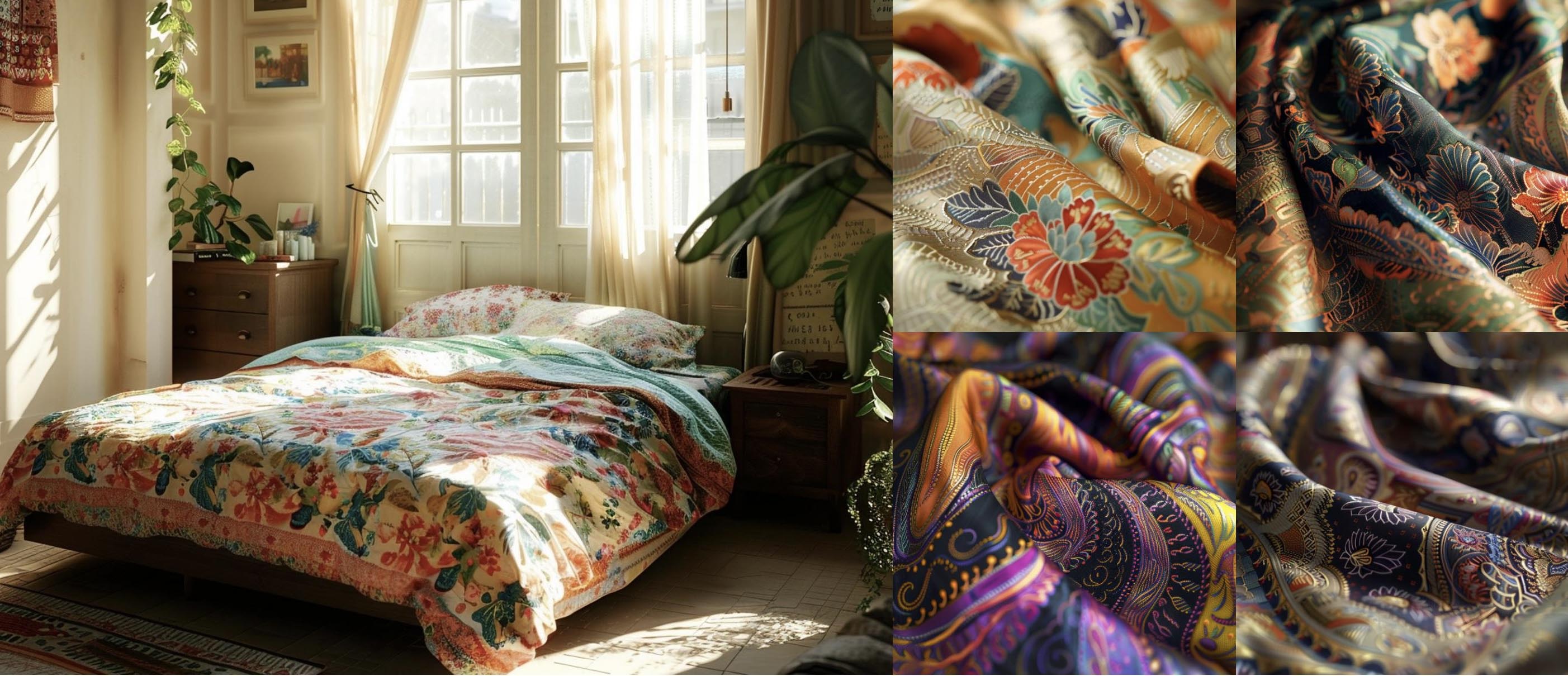
The quality of a design and the expertise of the artists and designers behind it often reflect the fabric's quality. We are in 2025 now! You can design your own fabric with AI. Make your space a cozy haven with the AI Fabric Design Generator, where you can create your own unique fabric designs. Whether you start from scratch, upload a sketch, or describe your vision, the AI creates stunning patterns for your taste. To enhance your design, you can use tools to retouch, change the color or pattern, or transform it into a high-resolution picture for a more luxurious look. Explore ARTIFISHARE to buy, edit, or share your creations and earn commissions when others find beauty in your designs. With limitless possibilities and effortless AI magic, designing your dream fabric has never been easier—or more rewarding!

Break Free from Traditional colors with ARTIFISHARE Digital Printing
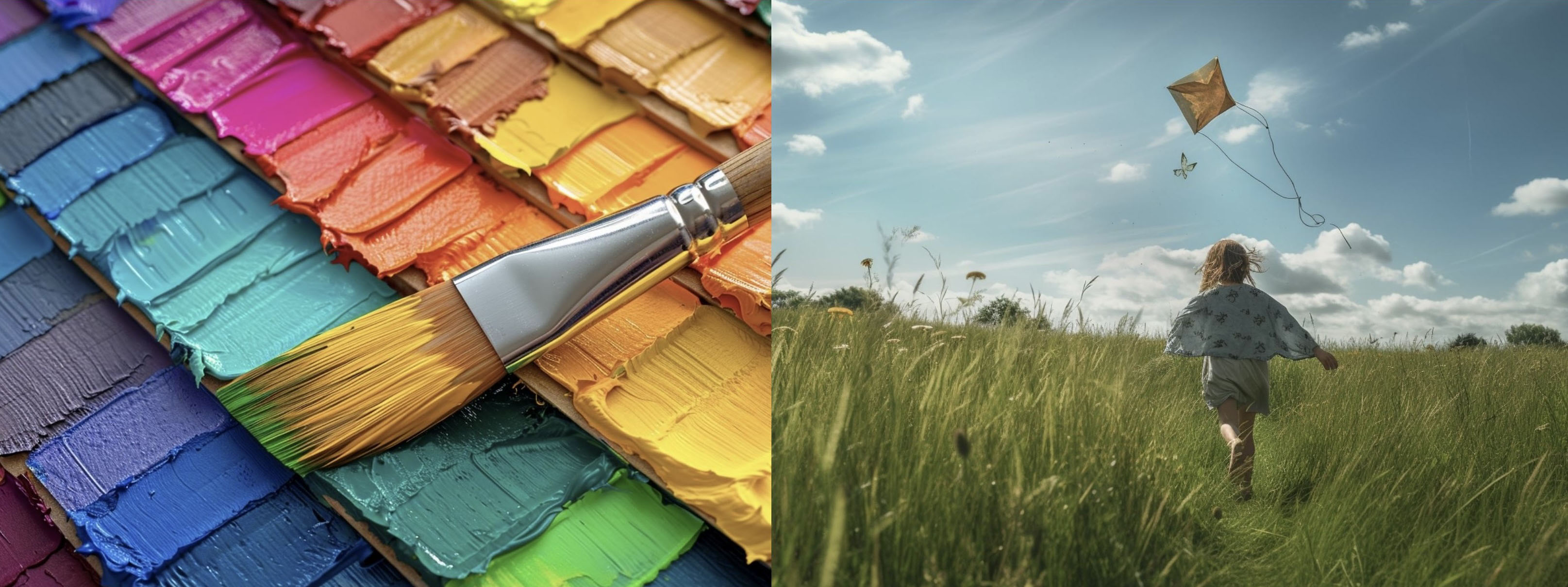 Traditional printing only allows six colors—how limiting! ARTIFISHARE’s digital printing gives you endless color options for the same price. Customize your designs, from sizes to ombre patterns, and enjoy the freedom to create something extraordinary.
Traditional printing only allows six colors—how limiting! ARTIFISHARE’s digital printing gives you endless color options for the same price. Customize your designs, from sizes to ombre patterns, and enjoy the freedom to create something extraordinary.
Durability and Resistance
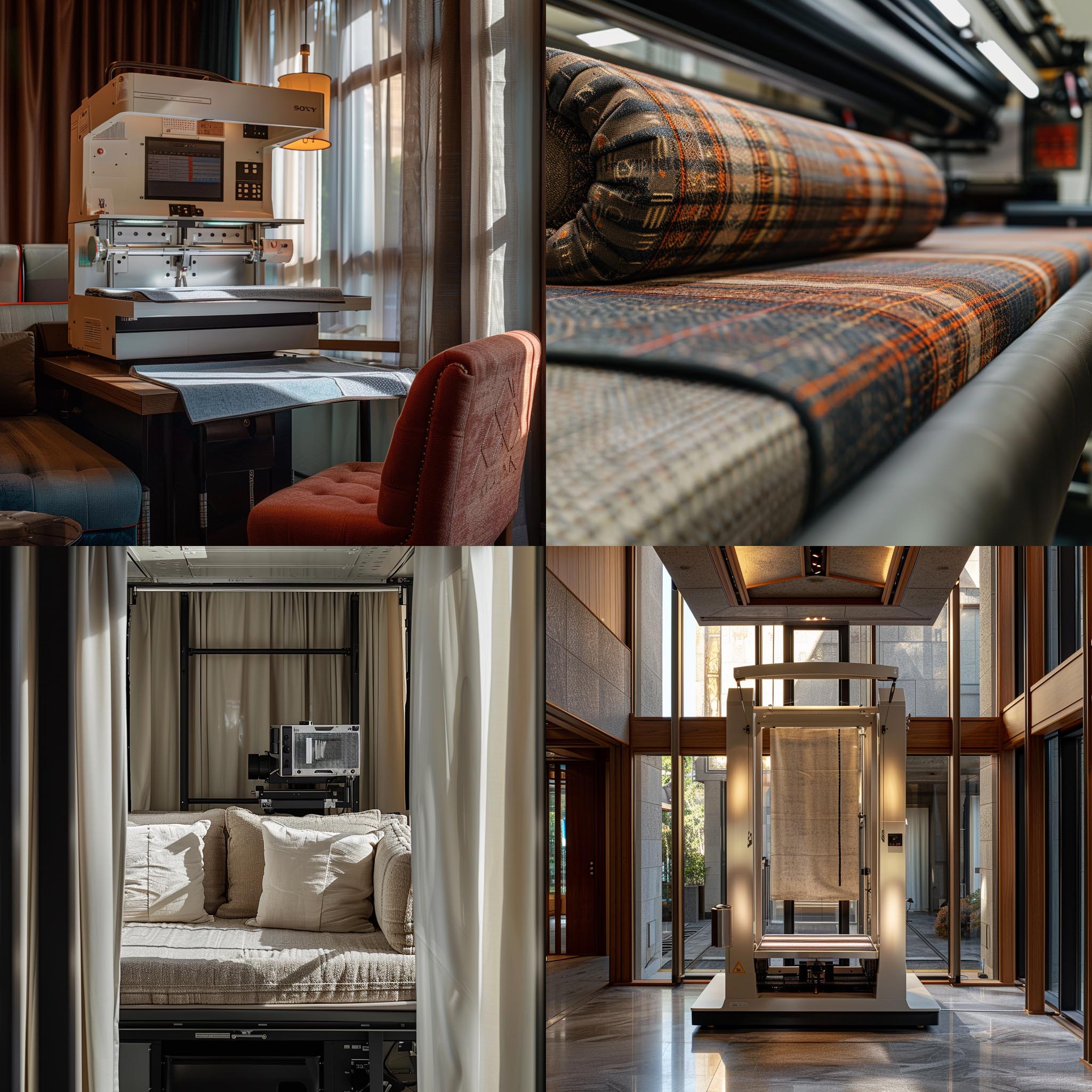
The durability of a fabric is quantifiable. The Martindale test, for instance, measures the lifecycle of a fabric, setting a threshold of 15,000 cycles to differentiate poor from good quality. Our upholstery fabric is an example of a durable option with a long life.
Durability is also evident in how well a fabric maintains its color, texture, and condition after washing. High-quality fabrics retain their original characteristics over time.
Technical Qualities: Beyond Appearance

Some qualities of a good fabric extend beyond visual and tactile aspects. For example:
· Outdoor fabrics: Designed to resist sun exposure, repel water and oil, and prevent mold.
· Fireproof fabrics: Certified to resist flames, ideal for public spaces like hotels and auditoriums.
· Acoustic fabrics: Enhance sound insulation and acoustic comfort.
· Recycled fabrics: Created from recycled polyester or PET bottles.
· Indantheren dye: A durable dye for cotton fabrics, suited for frequent high-temperature washes.
Composition: Thread Quantity and Yarn Types
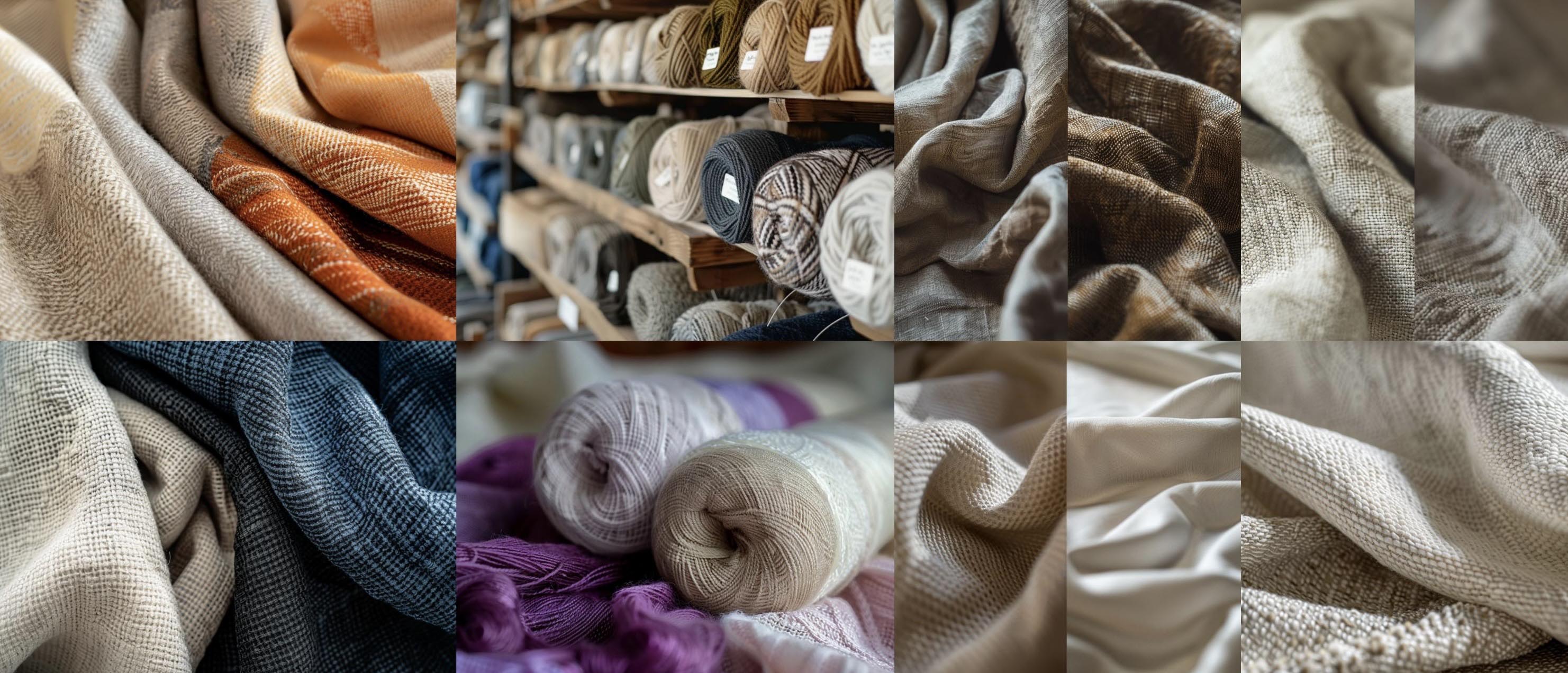
The composition of a fabric is key to its quality. Labels revealing the percentages of natural fibers like cotton, linen, silk, or wool signal added value. Synthetic fibers like polyester should also be of the highest quality to ensure durability.
Be wary of fabrics prone to “pilling” (small fabric balls caused by short fibers breaking). High-quality fabrics use long, strong fibers, which prevent this issue.
Additionally, good fabrics are woven with many threads in both the warp and weft. The greater the number of threads, the higher the fabric’s weight and quality. For instance, our fabrics, made with very fine yet strong threads, are lightweight yet durable, elegant, and ideal for creating beautiful drapes.
